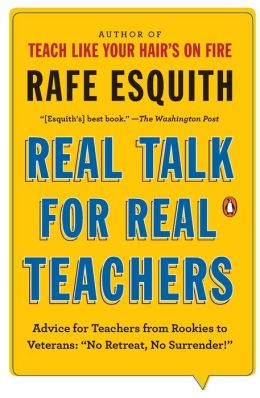 Despite what many people may believe, summer is a time when teachers continue working. It is during this season that we have the opportunity to reflect on our practice and our student performance as well as create lesson plans, help with summer school and reach out to former students to see how they are doing. I find it helpful to create a loosely put together list of the books I would like to read and set some larger goals for my practice, below you will find the list ;0
Despite what many people may believe, summer is a time when teachers continue working. It is during this season that we have the opportunity to reflect on our practice and our student performance as well as create lesson plans, help with summer school and reach out to former students to see how they are doing. I find it helpful to create a loosely put together list of the books I would like to read and set some larger goals for my practice, below you will find the list ;0BOOKS with amazon links
1. Fluent Forever by Gabriel Wyner
Book about language acquisition through a learner's perspective with a focus on using SRS or spaced repetition systems. Lots of resources to increase tech in class too. Amazon link
2. Make It Stick: The Science of Successful Learning by Peter Brown
 Destroys myths about learning with research from cognitive psychology and suggests new means of creating understanding. Told through vignettes. Amazon link
Destroys myths about learning with research from cognitive psychology and suggests new means of creating understanding. Told through vignettes. Amazon link3. Real Talk for Real Teachers: Advice for Teachers from Rookies to Veterans: "No Retreat, No Surrender! by Rafe Esquith
This makes the list for the author, Rafe Esquith. My favorite teacher once told me the best book she ever read on teaching was his book Teach Like Your Hair's on Fire. It is supposed to address more of the practical issues of day to day teaching like how to teach when you can barely get out of bed because you lack motivation. Amazon link
4. How Teachers Can Turn Data into Action by Daniel R. Venables
 PLCs are required by our county and have been a recent and reoccurring item on our School Improvement Plan. This past school year, admin took steps to improve PLCs by asking the teachers to talk about and reflect on student data. It was somewhat successful but seemed to lack a long-term effect. I am hoping this book will not only inform me but that I can take the findings to admin. Amazon link
PLCs are required by our county and have been a recent and reoccurring item on our School Improvement Plan. This past school year, admin took steps to improve PLCs by asking the teachers to talk about and reflect on student data. It was somewhat successful but seemed to lack a long-term effect. I am hoping this book will not only inform me but that I can take the findings to admin. Amazon link
As always, feel free to comment below about books and goals you are interested in for the summer.